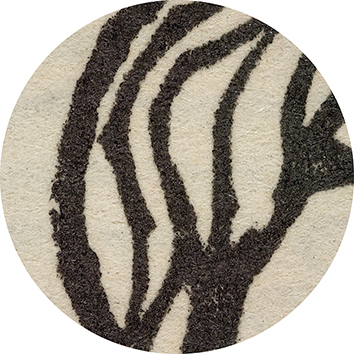

In the first stage, a metal tool called a "rocker" is applied across the surface of the plate so as to create fine dots. Drypoint makes 10-15 good impressions before the burr is flattened.Ī mezzotint is created in a two stage process. As with other types of incision, the deeper the line the darker the resulting print. The resulting lines are rougher than with engravings, because instead of removing metal, the artist is creating a burr, or ridge of metal. Can you see the difference in the quality of the line? Rodin Henri Becque, 1883-1887 is created with rough lines.ĭrypoint is similar to engraving, but instead of using a burin, drypoint uses a steel needle or any sharp object. Engravings hold up well to printing and can create a couple hundred very good impressions after which thousands of impressions can be printed in decreasing quality. Crosshatching can be used to produce shading and tone. The resulting lines are distinct for being very sharp and clean. The artist handles the burin by pushing away from their body to carve into the metal – not necessarily the most natural technique. Hieronymus Bosch The Last Judgment (Triptych center panel)Įngravings are made by carving into the surface of the plate with a steel tool called a ‘burin’.

Separate from intaglio prints which use acid to create the image on the plate, tool-created prints instead use tools to carve into the surface of the plate. Instead of inking the plate, the plate is left uninked in embossing, and the resulting print shows raised areas instead of inked images. As acid is applied to the plate, it moves through incisions in the ground surface and bites into the metal plate below. The metal plate is covered in an acid-resistant surface which is incised. Embossing is used in Stella Guifà e la Beretta Rossa, (Guifà and the Red Cap), 1989Įmbossing used the same technique as etching described above. The longer that the plate is left in the acid, the deeper the pits become and as a result, the deeper the colors when printed. When the acid is applied, it bites at the uncovered areas, creating pits in the plate. The surface of the metal plate is partially covered in particles of rosin. Aquatint is used for creating tonality in prints. Henri Matisse Odalisque au coffret rouge (Odalisque in Red Box), 1952Īquatint is often used in combination with etching or other printing methods. This technique is also used for other objects which can be pressed into wax and their likeness captured. The resulting lines are softer and wider, more like crayons. The artist draws on paper, which covers a thin layer of wax.

Notice the softer lines in Matisse Calypso from Ulysses, 1935 Using a pointed tool to draw, the resulting lines are thinner and wirier. The longer the plate sits in the acid, the darker the resulting coloration. The artist then carves into the ground surface and when the acid is applied, it bites into the metal plate through the gaps in the ground surface. Pablo Picasso Crouching Model, Sculpture of Back and Bearded Head from the Vollard Suite, 1933Įtching is an intaglio printing method in which a metal plate plate is covered with an acid-resistant ground surface.

All intaglio printing methods have a plate mark. The plates are then wiped clean, and the ink remaining in the lines and depressions is transferred to the paper. The lines and depressions are created with acid. Intaglio, coming from the Italian word meaning “to cut into”, is a broad category of printmaking created by incising lines and depressions into a plate and inking it. It was most likely invented in the 19 th century. This printing method is usually used in combination with other printing methods. Read on to learn about each printing process.A collograph is print made from a collage. Each one produces a distinct look and feel, and many artists will combine two or more techniques to produce one-of-a-kind prints. There are five traditional intaglio processes: engraving, etching, drypoint, aquatint, and mezzotint. After the bed arrives at the other end of the press, the blankets and paper are removed to reveal the finished print. The bed is then cranked between the two rollers, which forces the paper into the recessed areas of the metal plate. A dampened sheet of paper is laid on top of the plate, and two felt blankets are placed on top of the paper. Once inked, the plate is then positioned onto the bed of an etching press, which is a machine with two steel rollers that provide pressure. Once the plate is inked using a roller, its surface is wiped clean and only the pigment in the recessed areas is left. Originating from Italy, intaglio is the collective term for printmaking techniques in which the image is incised into the surface of metal plates (most commonly made of copper, zinc, or brass). A post shared by Kraisak Chirachaisakul on at 9:46pm PDT


 0 kommentar(er)
0 kommentar(er)
